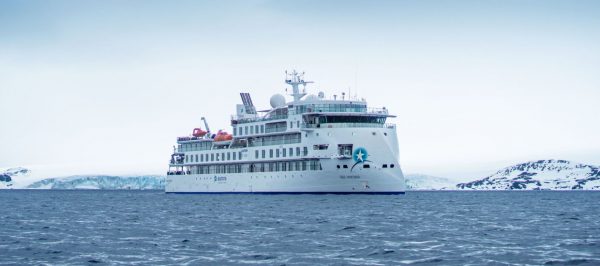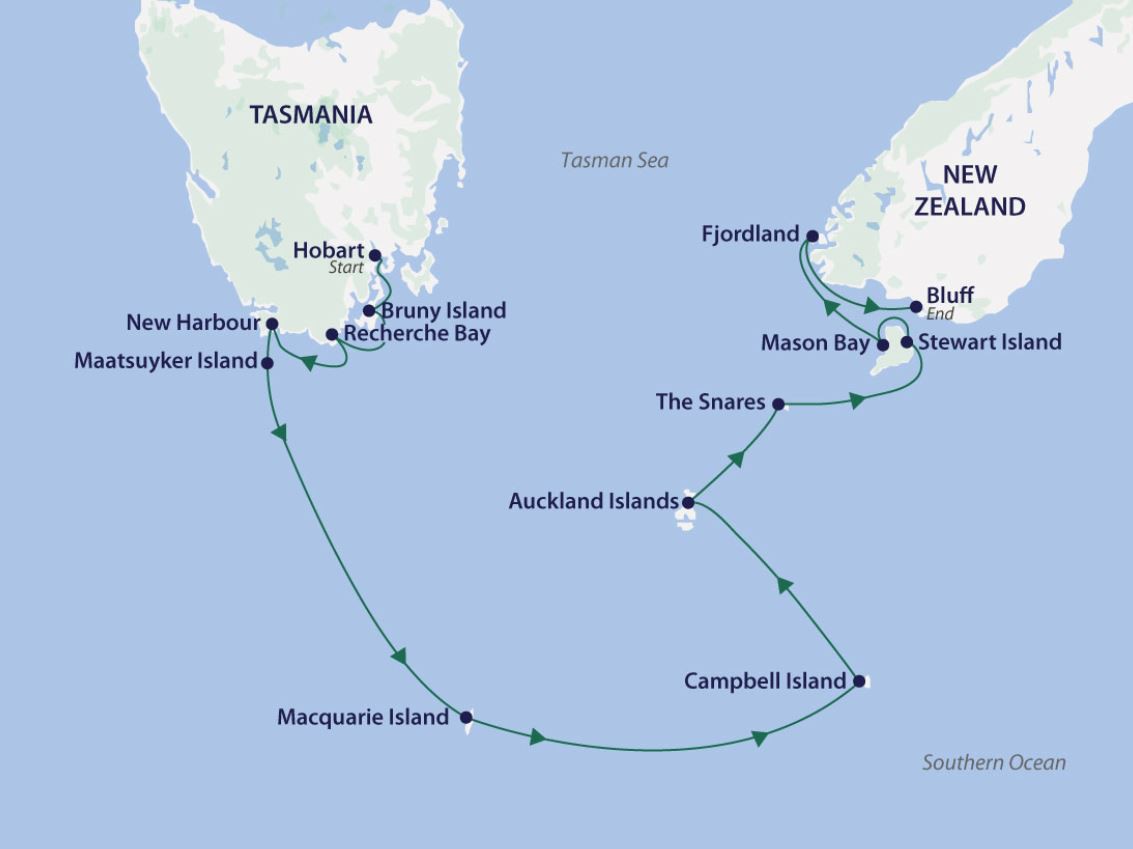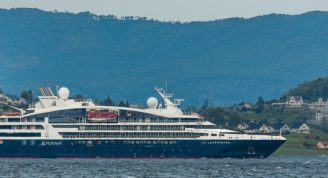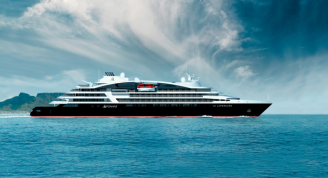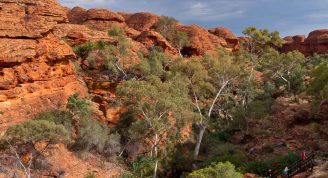Description
Perched on the Antarctic Convergence, Australia and New Zealand’s subantarctic islands are home to some of the most abundant and unique wildlife on Earth. From Hobart, explore Tasmania’s south coast, from dramatic coastlines on Bruny Island to gannet rookeries and fur seal haulouts on Pedra Branca, and wilderness treks in Recherche Bay and New Harbour. Delight in World Heritage-listed Macquarie Island, home to a tumble of elephant seal pups, leopard seals, the endemic royal penguin and king penguin rookeries more than a quarter million strong. Crossing to New Zealand, marvel at the courtship displays of magnificent royal albatross on Campbell Island, and sea lions, yellow-eyed and rockhopper penguins on Enderby. Zodiac-cruise the Snares’ labyrinth channels to spy magnificent tree daisies and Snares crested penguins. Enjoy a warm welcome from Stewart Island locals and visit nearby Ulva Island, a sanctuary for plants and animals including South Island Saddlebacks and kiwis. Then immerse yourself in the magnificent Fjordland as you explore Dusky and Doubtful Sounds.
This expedition is subject to regulatory approval and only open to Australian residents.


